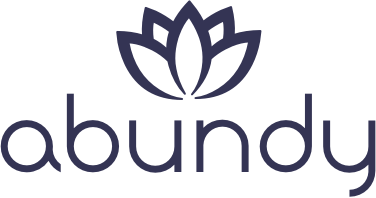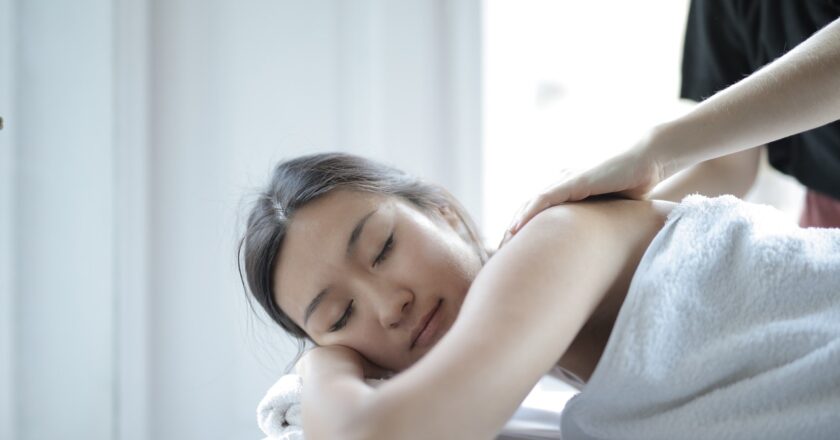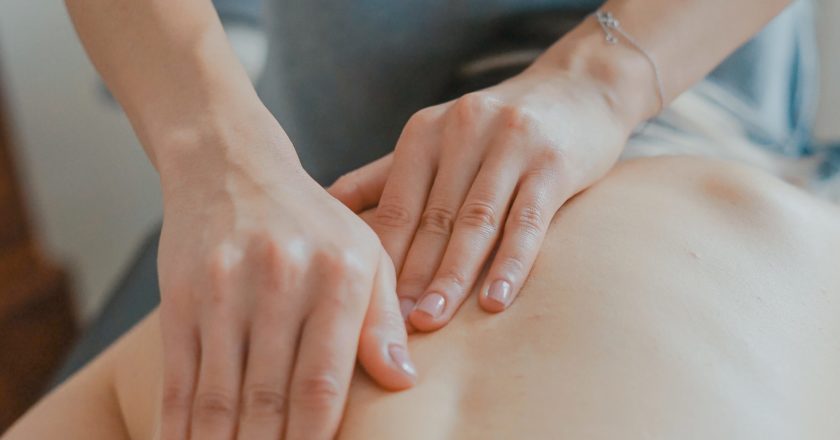Before becoming a massage therapist I knew very little about massage techniques and which one would be best for my body. Sometimes it’s not just about your preferences, but also what you need and your physical condition right now. I believe many people have the same problem when it comes to choose the type of massage. So many techniques, so little time and money!
Generally a massage is a treat and can offer many health benefits: improving your circulation, boosting your immune system, give you relaxation, better sleep quality, stress relief and many more. But there are over 100 different massage types, so which one should you choose? Here my small guide, which includes the most commone ones:
Shiatsu
Shiatsu is a Japanese type of massage which is best for people who want to feel relaxed and relieve stress, general unwellness, anxiety and tension. It works on the energetic meridian lines so all your body will benefit from it. You can be fully cloathed.
Trigger points
Sometimes areas of tightness in the muscle tissues, known as “knots”, can cause pain irradiating in other parts of the body. During this massage, to undone these knots, it’s often used the thumb, knuckle or elbow to apply static pressure, which will eventually relieve the trigger points and reduce the pain.
Trigger point massages are best suited for people who have injuries, chronic pain, or a specific issue or condition. You can wear lightweight clothing for the massage or be fully or partially undressed.
Swedish
This is the go-to massage technique if you never had a massage before. During the massage five stroke methods are used to relieve anywhere from mild to intense muscle pain, and the severity of each stroke reflects the amount of tightness held within the muscle. Swedish massage is very good to alleviate joint pain, lower back pain, osteoarthritis and stress.
Deep tissue
Deep tissue massage uses more pressure than a Swedish massage, and that’s why the pressure is applied by using forearms or elbows. It’s a good option if you have chronic muscle problems, injury, postural problem or imbalance. There might be a certain level of discomfort, but it shouldn’t feel too uncomfortable or painful. Avoid this type of massage if you’re overly sensitive to pressure.
Thai
A Thai massage generally follows specific body lines, called “sen,” and can last up to two hours. Thai massage is best for people who want a more active form of massage and want to focus on improving their flexibility, circulation and energy levels.
Thai massage works the entire body using movements that are similar to yogic stretching. Infact, the therapist may use not only theirs hands or fingers, but also feet to apply pressure and they might position you in various stretched and twisted positions. You can wear clothes during the massage, it is entirely up to you.
Reflexology
Reflexology utilizes the body’s natural reflexes in the hands and feet through a series of specific thumb, finger, and hand techniques without the use of oil or other balms. Infact it is believed that the pressure applied on certain areas of the soles travels through the nerves, reacing internal organs and muscles, alleviating tension and pain. Reflexology is a good option if you want to work holistically on your whole body/organs and your energy levels. It is also good if you aren’t comfortable being touched on your entire body or being undressed.
To know more: Hand Reflexology
Sport massage
Sports massage is designed mostly for pre or post sports workout, and it is best for preventing and treating injury and enhancing athletic performance. So if you are not an athlete, but you are prone to injuries this is the massage fo you. You may also use sports massage to increase flexibility and general physical performance.
Hot stones
The common idea around hot stones massage is that it’s for relaxation purposes, but in reality it is much more than that: these stones do in fact serve a clinical purpose. The shape of the stones and the heat work on the aching areas and allow the therapist to work more effectively. This massage techqnique eases muscle tension, improves blood flow, and relieves pain and stress. Avoid this type of massage if you are too sensitive to heat.
Tui na and Cupping
Acupressure (which is generally used when practicing Tui Na), is a form of trigger point massage therapy, which was originally developed in ancient China as part of TCM. Acupuncture follows the same principles, but with the use of needles. This form of massage therapy is brilliant for delving into the deep fascial layers and even have an impact of organs and their correct function. During the massage you might experience uncomfortableness, but it should never be unbearable. You can wear your clothes during the therapy.
About Tui Na: Tui Na
About Cupping: Cupping


